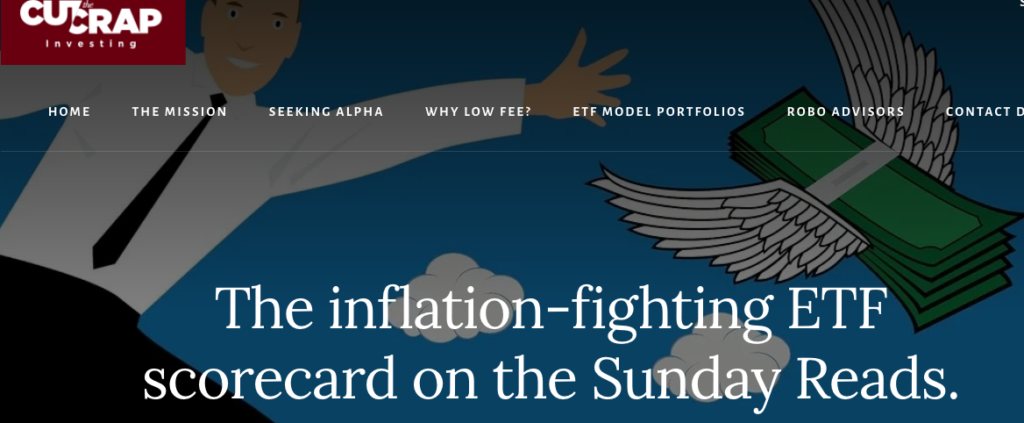 By Nonso Nwagbo
By Nonso Nwagbo
Special to the Financial Independence Hub
Considering accepting cryptocurrencies for payment? Here’s what you need to know.
Let’s face it. The use of cryptocurrencies in business is swiftly gaining ground, yet many business owners are at a crossroads on whether to implement them. Before you decide to accept cryptocurrencies, you need to know the benefits and risks.
Remember that if you need budgetary support to manage the transition, you can explore financing options like microloans.
What are Cryptocurrencies, and how do they work?
Cryptocurrency is a virtual currency that any central government does not regulate. Instead, it is supported by blockchain technology.
Blockchain technology refers to creating a shared ledger that cannot be manipulated. The technology uses sophisticated computer algorithms to record and track transactions and assets within a network.
The most popular cryptocurrency is Bitcoin, launched in 2009.
Cryptocurrencies are used;
- As a means of exchange for goods and services
- As digital assets that store value.
Pros and Risks of using Cryptocurrencies In your Business
Pros
● Greater Acceptability
More businesses, particularly global corporates like Amazon and PayPal, accept payments by digital currencies and have greater adoption of cryptocurrencies.
Moreover, more people are aware of cryptocurrencies and how they work.
● Superior Payment Security
Initial misgivings regarding the security of cryptocurrencies slowed down its adoption. However, cryptocurrency transactions offer enhanced protection superior to that credit cards.
Credit card payments require third-party verification, which makes them prone to fraudsters. On the other hand, cryptocurrency transactions do not require centralized proof but use sophisticated computer algorithms, making it nearly impossible to steal personal information.
● Lower Transaction Costs
Cryptocurrencies are way cheaper when compared with banks and digital payment platforms such as PayPal.
Cryptocurrencies charge a near-nil to no charge for transactions.
What’s more, cryptocurrencies are convenient for settling international payments in about 10 minutes. This facilitates international payments from your customers abroad.
● Customer Acquisition Strategy
Cryptocurrency as a payment option is cheaper and more appealing to the tech-savvy younger generation.
Cons
● Volatility
Compared with government-issued currencies, cryptocurrencies fluctuate in price widely.
The volatility can challenge businesses with substantive amounts of crypto in their reserves. For that reason, companies that trade in crypto often convert cryptocurrencies into fiat money to mitigate against the risk. Continue Reading…






